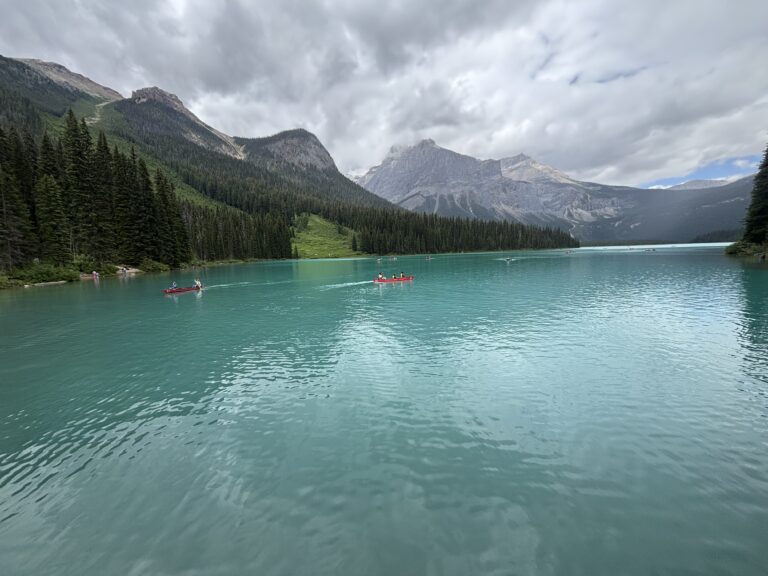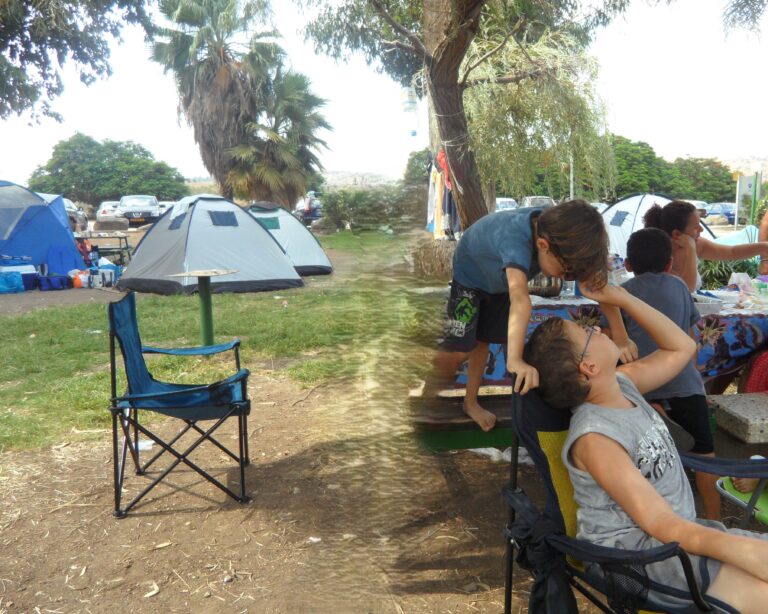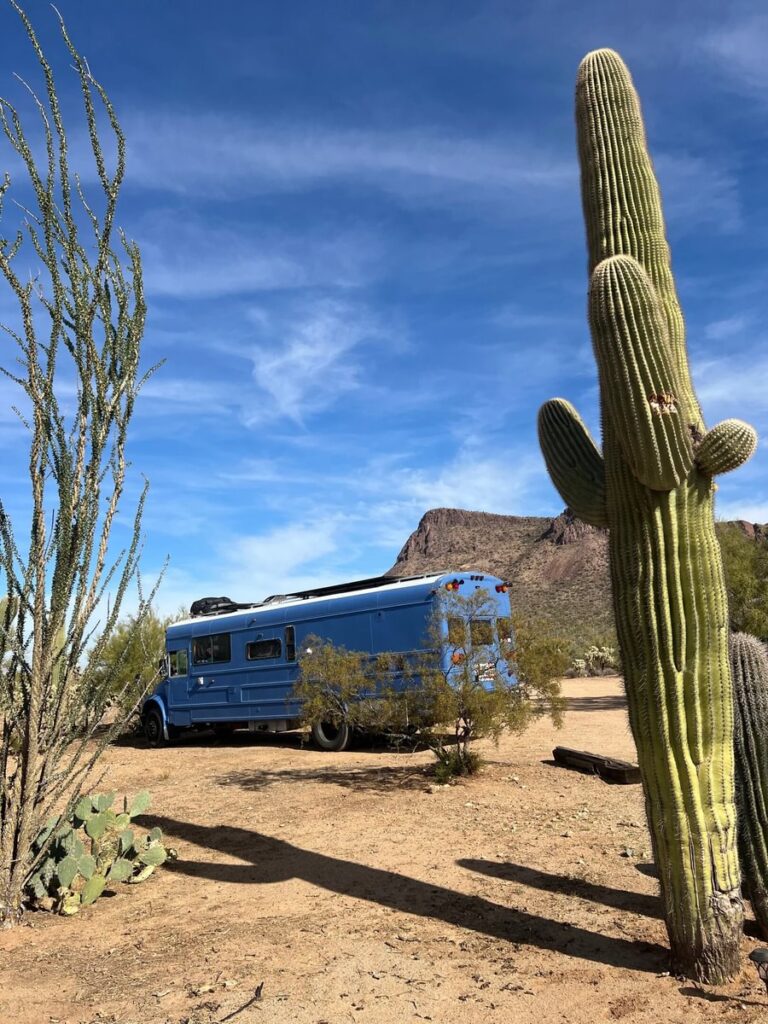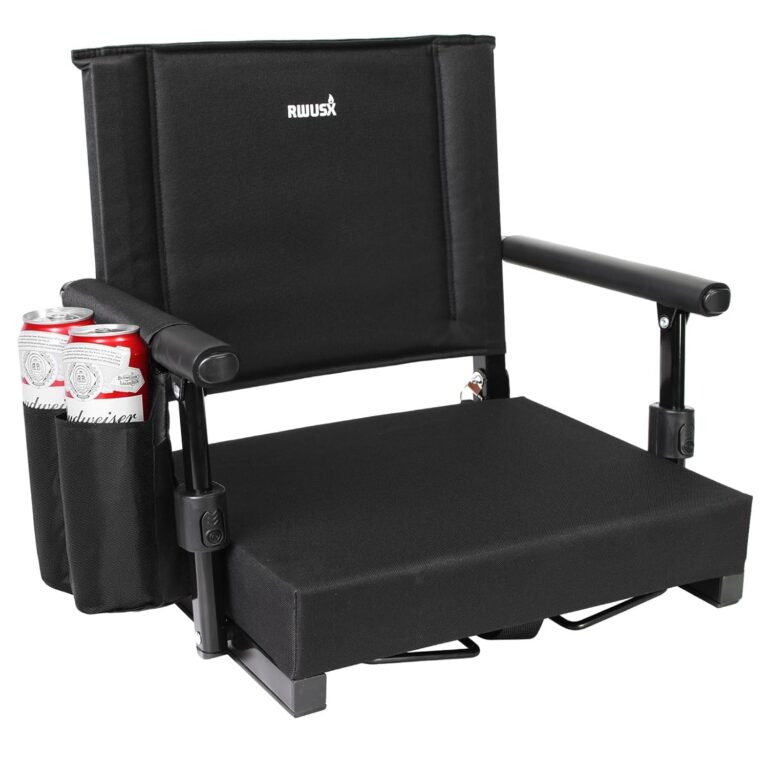Unlocking Campground Booking Secrets: Your Ultimate Guide to Securing the Best Campsites
Planning the perfect camping trip starts long before you pitch your tent or park your RV. Whether you’re exploring the rugged beauty of a national park or relaxing at a cozy lakeside campground, knowing how to book smartly can make or break your adventure. In this comprehensive guide, we’ll uncover the campground booking secrets that will help you secure the best sites, avoid common pitfalls, and discover hidden gems most campers don’t even know exist.
Understanding the Basics of Campground Booking
Before diving into the insider tips, it’s essential to understand how the campground reservation system works. The more you know about the booking process, the better your chances of snagging a premium site with great views, privacy, and easy access to amenities.
1. Types of Campgrounds
Campgrounds in North America fall into several main categories:
- National Park Campgrounds – These are often the most scenic but also the hardest to book. Reservations are typically managed through Recreation.gov, and some open as much as 6 to 12 months in advance.
- State Park Campgrounds – Usually easier to reserve than national parks and often feature excellent facilities.
- Private Campgrounds & RV Parks – Operated by private companies or franchises like KOA (Kampgrounds of America). These offer reliable amenities and online booking tools.
- Dispersed or Free Camping (Boondocking) – For those seeking solitude, public lands managed by the BLM (Bureau of Land Management) or U.S. Forest Service often allow free, first-come, first-served camping.
You can find extensive information about campgrounds and RV parks at Get RV USA – it offers a comprehensive directory of RV parks across 50 states, complete with filters for state, price range, type of park, amenities, and more. (getrvusa.online)
2. How the Booking Process Works
Most campgrounds use online booking platforms that allow you to:
- Select dates, site types, and amenities (RV hookups, tent-only areas, cabins, etc.)
- View site maps with photos or 360° views
- Pay online and receive digital confirmation
It’s important to note that availability can vanish within minutes of bookings opening—especially for high-demand parks like Yosemite or Yellowstone.
3. Planning Your Trip in Advance
To maximize your chances:
- Decide your dates early. The earlier you plan, the more options you’ll have.
- Research campground layouts. Some sites are closer to restrooms, trails, or lakes.
- Read reviews. Websites like Campendium and The Dyrt can help you find real camper feedback.
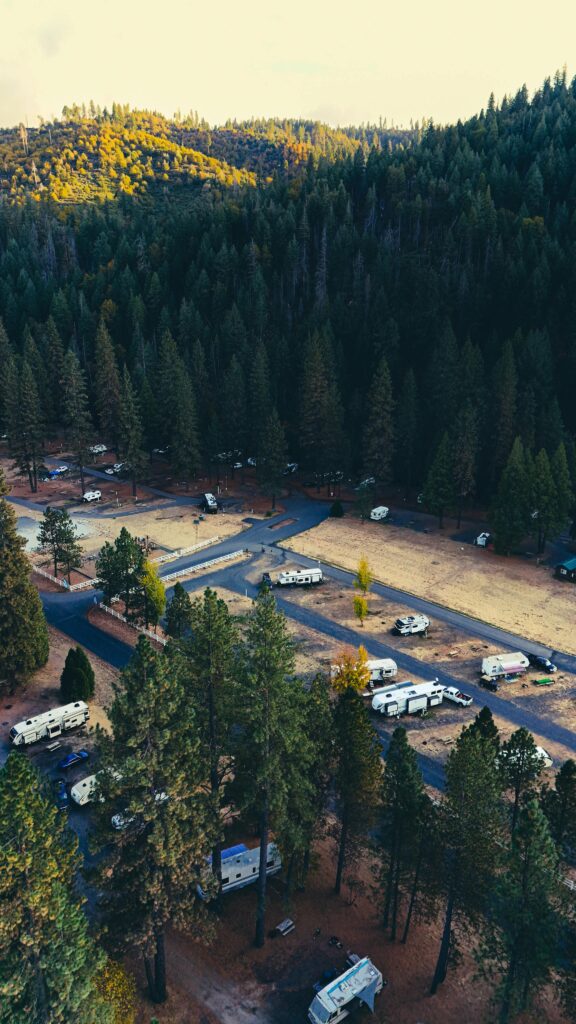
The Top Secrets for Finding Hidden Gem Campgrounds
While popular campgrounds fill up fast, there are plenty of off-the-beaten-path campsites that remain relatively unknown. Finding these hidden gems requires a mix of strategy, curiosity, and sometimes a little luck.
1. Search Beyond the Major Platforms
Many smaller or lesser-known campgrounds aren’t listed on big booking sites. Instead, try:
- Local tourism websites
- County park systems
- Community-run campgrounds
- Harvest Hosts or Boondockers Welcome – ideal for RVers looking for unique overnight stays at wineries, farms, and small businesses.
2. Use Maps and Satellite Views
Zooming in on Google Maps can reveal secluded campsites near lakes, rivers, or forest roads that may not show up in mainstream directories. Once identified, contact local ranger stations or visitor centers to confirm access rules.
3. Go Off-Season or Midweek
Even popular destinations have quieter periods. Booking midweek stays or shoulder seasons (spring and fall) gives you a better chance to enjoy peaceful, scenic spots without the crowds.
4. Explore Regional Alternatives
If you can’t get a reservation in a top national park, look for nearby state or county parks. For example:
- Can’t find a site in Grand Canyon National Park? Try Kaibab National Forest just outside the park boundary.
- Yellowstone full? Check out Gallatin National Forest or Shoshone National Forest for beautiful alternatives.
5. Ask the Locals
Sometimes, the best information comes from locals, rangers, or outdoor communities. Facebook groups, camping forums, and Reddit’s r/camping can provide leads on secret camping spots that aren’t on any map.
How to Utilize Technology for Effortless Campground Bookings
Technology has revolutionized the way we plan our outdoor adventures. With a few taps on your phone, you can compare campgrounds, check availability, and even take a virtual tour of your campsite. Here’s how to make the most of it.
1. Use Camping Apps
Some of the most reliable camping apps for discovering and booking campsites include:
- Recreation.gov – For federal campgrounds (national parks, forests, etc.)
- Campendium – Reviews, photos, and cell coverage maps for RV and tent camping.
- The Dyrt – Over a million campground listings with user reviews and maps.
- iOverlander – Perfect for off-grid and international travelers.
- Hipcamp – Described as the “Airbnb of camping,” featuring private lands and unique outdoor stays.
2. Online Booking Platforms
Most modern campgrounds support online reservations through integrated systems. These allow:
- Instant confirmation
- Availability filtering (by hookups, size, accessibility)
- Secure payment options
Some systems even send alerts when cancellations open up, helping you snag a last-minute spot at a sold-out destination.
3. Comparison and Research Tools
Before confirming a reservation, compare features like:
- Hookups (water, sewer, electricity)
- Restroom and shower facilities
- Wi-Fi availability
- Proximity to trails, beaches, or attractions
Sites like RV LIFE Campgrounds and AllStays allow detailed comparisons to ensure you get the best experience for your needs.
4. Mobile Reservation Systems
Always create an account with your preferred booking platform. This saves your info for faster checkout and gives you access to loyalty perks or booking history. If you’re traveling frequently, download apps for offline use – perfect when exploring remote areas with poor cell coverage.
5. Digital Campsite Maps
Interactive maps let you preview site dimensions, shade coverage, and even sun exposure. Some parks now offer augmented reality (AR) tools to visualize your campsite layout before booking.
The Best Times of Year to Book Your Campsite: Timing is Everything!
When it comes to campground bookings, timing can make all the difference. Whether you prefer the warmth of summer or the crisp air of autumn, knowing when to book is crucial for success.
1. Peak Camping Season
Generally, the busiest camping periods are:
- Memorial Day through Labor Day
- Fourth of July weekend
- Spring Break (March-April)
During these months, campsites in major parks can sell out within minutes of reservations opening.
2. Off-Peak Advantages
Booking in off-peak seasons—such as early spring or late fall – comes with perks:
- Lower rates
- More availability
- Fewer crowds
- Cooler temperatures for hiking
You’ll also have a better chance of securing prime campsites with scenic views or extra space.
3. Holiday Camping Tips
Holidays can be chaotic, but with careful planning you can still enjoy a peaceful escape:
- Book exactly when reservations open (set a reminder!)
- Avoid major tourist hotspots
- Consider lesser-known parks or campgrounds near your desired location
4. Last-Minute Bookings
If you miss the initial reservation window, don’t panic:
- Use cancellation alert services like Campnab or Arvie.
- Check daily for cancellations- spots often reopen within 48 hours of a stay.
- Consider first-come, first-served campgrounds, especially if you can arrive early.
Avoiding Common Mistakes When Booking a Campsite
Even seasoned campers make errors that can ruin a trip. Let’s look at some common booking mistakes and how to avoid them.
1. Not Checking Vehicle or Tent Size Restrictions
Every campsite has specific size limits. Booking a spot too small for your RV or tent can lead to frustration—or even being turned away.
2. Ignoring Site Descriptions
Always read details about slope, shade, distance to restrooms, and terrain. A “lake view” site might sound nice but could be windy or noisy.
3. Overlooking Campground Rules
Some sites have restrictions on:
- Generator hours
- Pet policies
- Campfire rules
- Quiet times
Make sure these align with your plans before confirming.
4. Forgetting to Check Accessibility
If you’re traveling with elderly family members or someone with mobility needs, confirm ADA accessibility and proximity to facilities.
5. Not Verifying Hookup Options
Many campers assume all sites have full hookups, but that’s rarely true. Double-check if water, sewer, and power are available—or be ready to boondock.
6. Booking Too Late
The most common mistake of all: waiting too long. Some national parks open bookings 6 months to a year in advance. Mark the dates in your calendar to stay ahead.
Conclusion: Master the Art of Camping Reservations and Enjoy Unforgettable Adventures in Nature!
Booking a campground doesn’t have to be stressful. With the right strategy, a bit of timing, and smart use of technology, you can unlock incredible experiences in some of the most beautiful places in North America. Whether you prefer hidden gem campsites, family-friendly parks, or remote boondocking spots, understanding the secrets of campground booking ensures you’ll always have the perfect base for your outdoor adventures.
So start planning early, explore beyond the obvious, and use the digital tools at your fingertips. Once you master the art of campground reservations, the open road-and the perfect campsite-will always be waiting for you.


